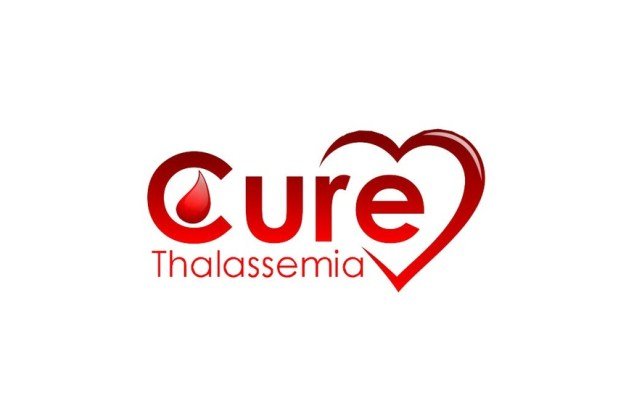Thallassemia & Heart Disease
Apr 19, 2022
Thalassemia can be defined as a disease characterized by abnormal haemoglobin and is inherited in autosomal recessive manner. There are two types of Thalassemia – α thalassemia and β thalassemia depending upon which chain of haemoglobin is affected by the mutation. The disease leads to ineffective erythropoiesis (production of red blood cells) causing mild to severe anaemia and its consequences.

Effect of Thalassemia on the Heart :
Chronic Anaemia: It can itself lead to compensatory increased cardiac output, increase in cardiac dimensions and increased heart rate.
Hypersplenism and Splenectomy: Enlarged spleen is common and may necessitate splenectomy. Spleen is an essential scavenger of the vascular system and its removal leads to accumulation of procoagulants leading to intravascular thrombosis and pulmonary hypertension.
Iron Overload: Iron overload is common due to repeated blood transfusions. Iron toxicity may lead to insulin resistance and frank diabetes. Disorders of thyroid and parathyroid are common. Adrenal insufficiency, deficiencies of growth hormone and sex steroids can occur. Endocrine toxicities can lead to cardiac dysfunction.
Nutritional Deficiencies: A hypermetabolic state leads to a relative deficiency of several vitamins like A, D, E and K and traces elements which further jeopardizes cardiac function.
Lung Disease: Patients with thalassemia develop mild non-progressive restrictive lung disease by some unexplained mechanism.
Complications associated with Thalassemia:
- CARDIOMYOPATHY: Echocardiographic monitoring and Cardiac MRI are important to monitor iron overload.
- PULMONARY HYPERTENSION: Occurs due to multiple mechanisms.
- PREMATURE VASCULAR AGING: Due to persistent oxidative stress occurs.
Cardiovascular complications of Thalassemia can be prevented by preventing and treating iron overload and taking care of all pathophysiological processes outlined above.


.jpg)
.jpg)




